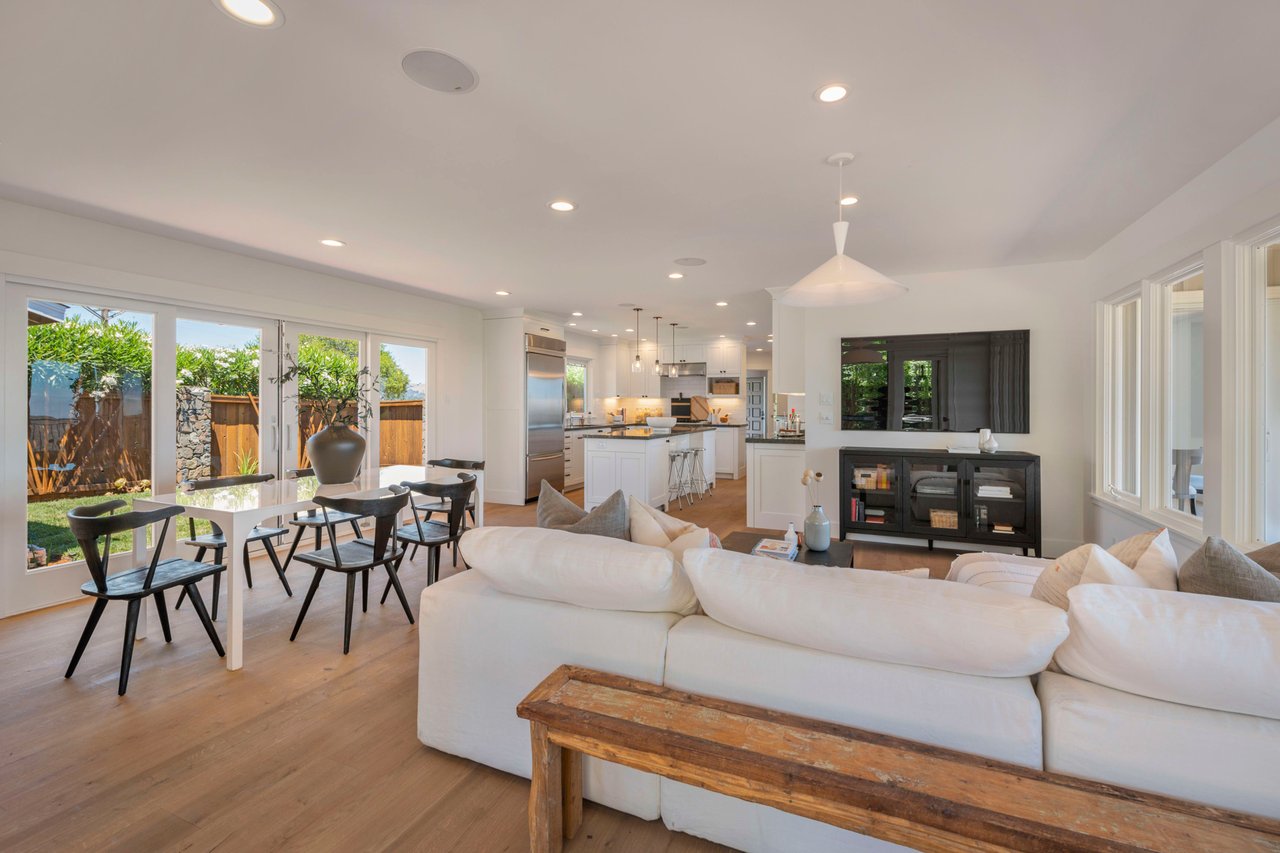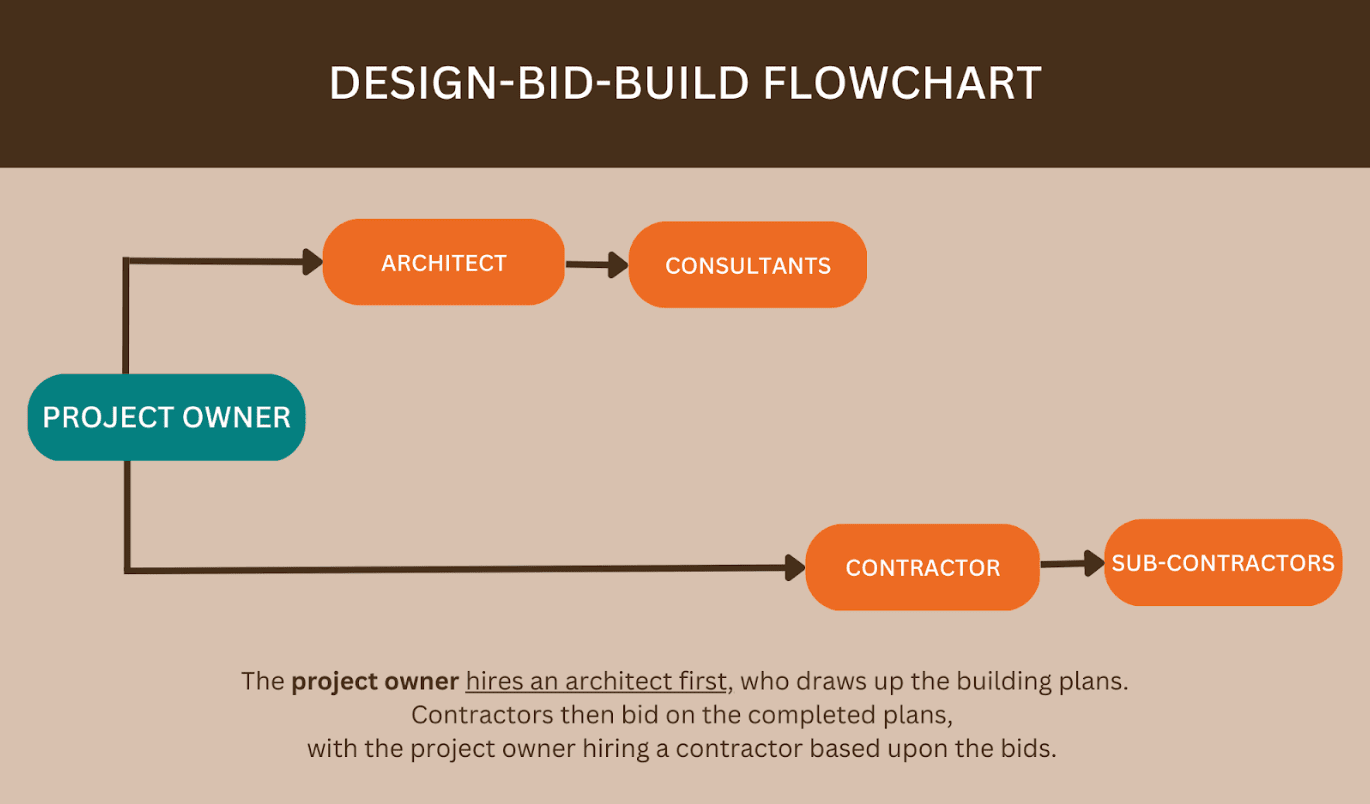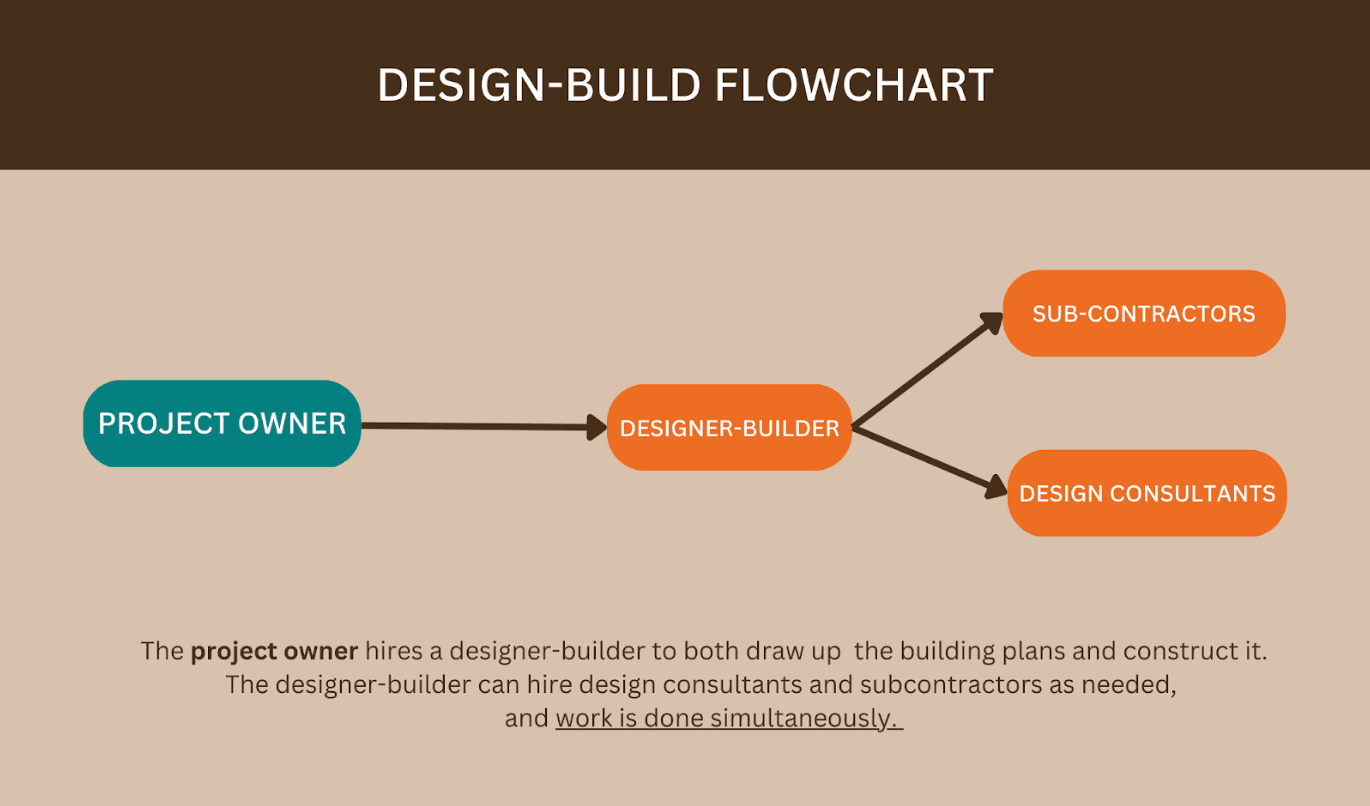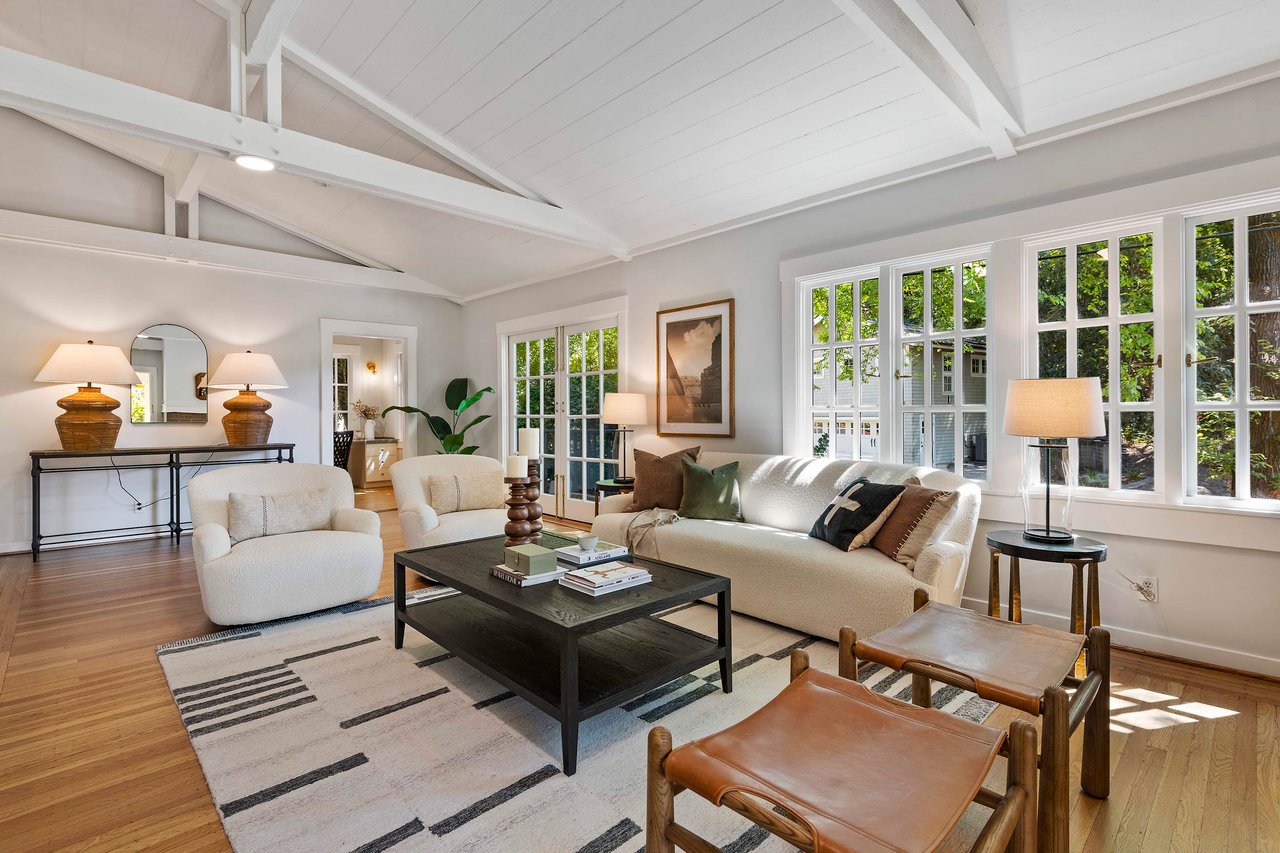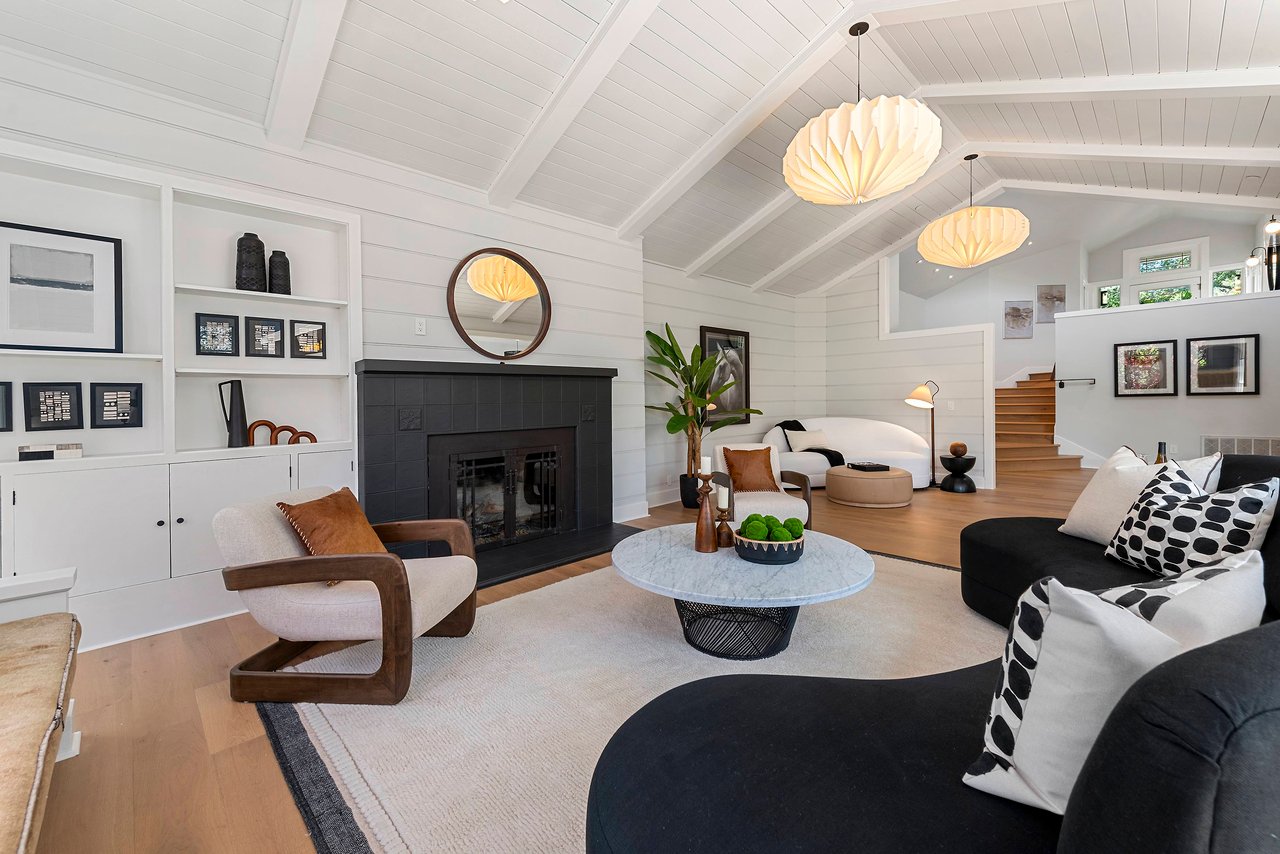Browsing photos and ideas on Houzz and Pinterest can be really fun. But how can you make creating your dream home a reality? The truth is that renovations and construction are huge undertakings. It takes time and effort to plan and design, cost, source, and secure items while not incurring huge change fees and cost overruns. We talked to many experienced homeowners, designers, contractors, and industry insiders to get tips and info to help prepare you to make the right choices for your project and to avoid expensive mistakes.
Issue #1 The Advantages And Disadvantages Of Design-Build And Design-Bid-Build
There are several approaches you can take to get started on a home renovation project. They differ primarily in the way the renovation process is structured and how the design and renovation team is organized around the process. In this issue, we want to define the most common project management options for building and remodeling projects. Depending on who you ask, the pros and cons of each method vary widely. These are generalizations and results can vary based on the quality of the professionals you hire for your project.
1. What Are the Project Delivery Options?
The most common methods are design-bid-build and design-build. While they may appear to only have one word of difference, the process and planning involved with each method vary tremendously.
2. What Is Design-Bid-Build?
Design-bid-build is the traditional project delivery method. It is a time-tested process that has been used almost as long as construction has been an industry. The person who needs a building constructed, or the project owner, hires an architect to draw up the schematics and plans for the building. Once the building is drawn up, the architect is pretty much done with the project outside of consultation and tweaks as needed.
With plans in hand, the project owner gets bids from various construction firms to construct the building. The project owner picks the bid they like best and hires the general contractor (GC). The GC can hire subcontractors as needed who would report directly to them, not the project owner. Then, the building is constructed based on the schematics and documents that the designer made. A variation of this system includes a qualified project manager, who serves as a proxy for the project owner.
3. What is Design-Build?
Design-build is a project delivery method that has been around for hundreds of years but was often referred to as integrated project delivery. In 1993 it officially became known as design-build. In this method, there is only one contract. The person in need of a building, also known as a project owner, hires one person or company to both design and construct the building. The design-builder can hire design consultants and subcontractors as they see fit, but those employees would answer directly to the design-builder, not the project owner.
All team members work collectively from the earliest stages in the project life-cycle to the final stage. The team, often led by a construction manager, works together to deliver the project on time and within budget to the owner.
4. What Are the Differences Between Design-Build and Design-Bid-Build?
Ultimately, both methods result in a solid completed building in a timely manner. However, there are some key differences between the two styles that will help you decide which is the best system for your project. Those differences range from cost to project length. The following sections will break down the advantages and disadvantages between design-build and design-bid-build.
Advantages of Design-Build:
-
- Time Savings - Since the design and construction are both managed by one entity, there is less time spent on meetings, negotiations, and decisions between different entities, resulting in shorter project timelines.
- Cost Control - Design-build simplifies the process of pricing materials and labor since the same entity is responsible for the design and construction. This can help reduce risks and save money by avoiding disputes between contractors and designers about who is responsible for certain aspects of a project.
- Simplicity - The single-team approach results in streamlined communication, improved collaboration, and fewer delays due to miscommunications or disagreements between different entities. Homeowners have one contractor. After the initial planning, the design-builder makes most of the decisions which are appealing to homeowners who are not detail-oriented and uncomfortable making an overwhelming number of decisions.
Disadvantages of Design-Build:
-
- Lack of Competition - Since only one company is responsible for the entire project, there is no bidding process and less competition in terms of pricing and quality. This could lead to higher costs or lower-quality work.
- Difficulties Defining Scope - If poorly managed, it can be difficult to define and agree on the scope of a project, leading to cost overruns or delays.
- Lack of Creativity and Specialized Knowledge- Many design-build companies have stock designs that they use and then tweak to fit the project owner’s requests. If there is an extremely complex project requiring special expertise, it may be hard for one team to provide all the necessary skills and experience needed.
Advantages of Design-Bid-Build:
-
- Cost Savings - By allowing multiple contractors to bid on the project, it allows for greater competition which could result in lower costs.
- Greater Control of Design - Separating the design and construction elements allows for more control over the design process, since the designer is not influenced by a particular contractor’s methods and materials.
- Specialized Contractors - With the design-bid-build approach, multiple contractors can be used for different segments of a project, allowing for greater specialization as each contractor can focus on their area of expertise.
Disadvantages of Design-Bid-Build:
-
- Longer Timelines - Separating the design and construction elements can result in longer project timelines since there are more meetings, negotiations, and decisions to be made.
- Unpredictable Pricing - Prices can be unpredictable as contractors may not know all the costs associated with a project until they have gone through the bidding process.
- Lack of Communication - When the design and construction are handled by two separate entities, there is a greater risk of scope creep as changes in one segment may not be accurately reflected in the other. With the contractor not involved in the design process, issues that could have been addressed earlier often will come to light later.
In conclusion, both design-build and design-bid-build have their advantages and disadvantages, but ultimately it depends on the individual project which approach will be most suited. Both processes provide different benefits and drawbacks, so it is important to consider both when making a decision.
Source: https://www.dumpsters.com/blog/design-bid-build-vs-design-build
